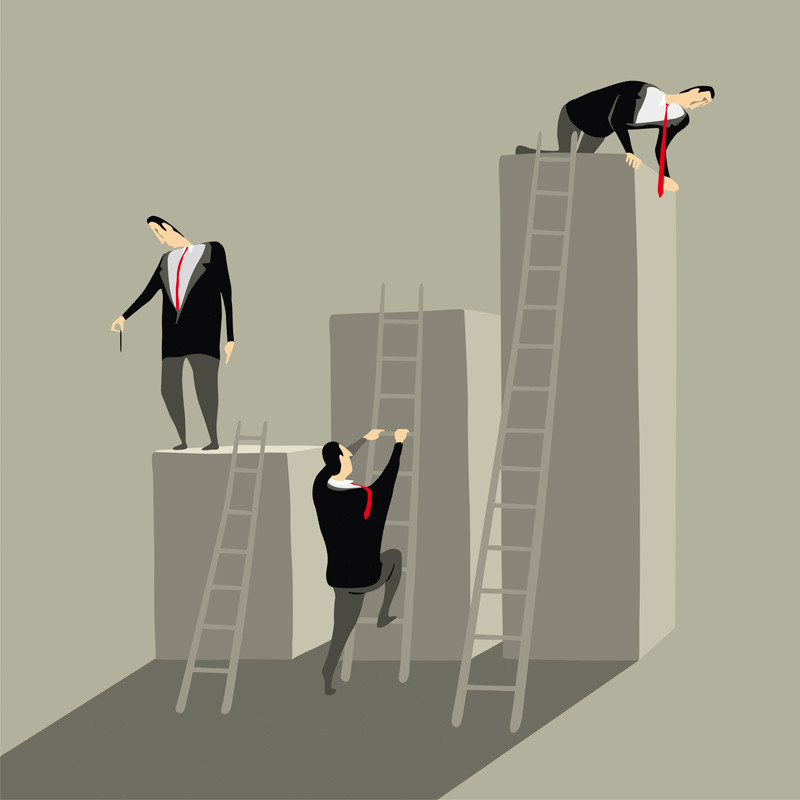DoSomething.org just cut more than half of its programs. That’s right, we cut the majority of the programs we offered.
No, we weren’t in a financial crisis. And no, we didn’t have some sort of front-page scandal. We wanted to scale our impact. Shrinking to grow might seem counterintuitive, but remember when your mom told you to cut your hair to keep it healthy and let it grow? Yeah, it’s sort of like that.

DoSomething.org’s purpose is to make the world suck less by activating young people around the world to participate in causes they’re passionate about. Our 2.5 million members tackle campaigns on issues such as poverty, violence, and the environment. We’re not focused on the high achievers or young advocates (who would do something no matter what). We attract teens and college students who want to engage in an awesome campaign and make change happen—those “everyday young people” that make up 80 percent of the youth market.
To truly scale, we knew we had to “audit and cut.” We looked at our programs and asked: Where do we have a competitive advantage? Where does the market truly need us? Does each program directly relate to our goal of five million active members by 2015? Can we scale this program?
Despite glowing New York Times coverage, happy funders, and five years of positive feedback from participants, we made the difficult decision to cut our beloved Social Action Boot Camps, because they were not cost effective, nor were they reaching our target market of everyday teens and college students. We cut our seed grants to fund campaigns, because even though “old people” thought they were cool, they weren’t really what young people were asking for when it came to social change. We cut our school clubs, because we saw that while taking action with friends was superimportant, clubs weren’t the most efficient way to do that.
Change is always hard. Change that involves people is the hardest. Some people shifted to new roles. We eliminated some roles altogether. But all of us—even those who lost their jobs—agreed that this was the right move for the organization.
Cutting programs cleared the way for us to focus on our most unique, scalable, effective, and efficient activity: campaigns involving simple calls to action that enlist 100,000-plus young people. Campaigns result in direct impact, such as clothing 800,000 homeless children or creating 251,262 Valentine’s Day cards for isolated seniors. Other examples include Cell Phones for Survivors benefitting victims of domestic violence, and Momm-o-grams that urge moms to get a mammogram. Such campaigns create an army of young people who can better see the need for and results of their good work. These young people create impact right away; they also gain experiences that will shape their future professional lives.
What are the results of these changes? For context, we ran a total of 60 campaigns during 2011, 2012, and 2013. In the first four months of this year, we started 65 campaigns. We expect to start 250 by the end of the year—more campaigns than DoSomething.org has run in our entire 20-year existence. Early data tells us that the average DoSomething.org member is signing up for 2.2 campaigns. This means that we are one step closer to living up to our “Any Cause, Anytime, Anywhere” brand and promise.
Of course, while radical focus is necessary, it’s not sufficient. We also need young people to actually care about these campaigns. We start with the fact (supported by survey data) that at least 90 percent of our market wants to do something good. They just need help or a nudge, which we offer through social pressure, low friction, and big data:
Social pressure. Peer pressure has been making young people drink and smoke pot for decades. Why not use it to make them help others? Although we can’t make a campaign “go viral,” we can make sure that all of our campaigns are “better with friends.”
Low friction. Most of us download 99-cent apps from the Apple store and order $3.99 Amazon movies without hesitation, not just because they are low cost, but because they are low friction—they’re easy. We just updated our website because we want to make social change as easy as one-click ordering. This is not slacktivism; it’s making the top of the funnel as wide as possible. It’s our job to give you all the tools you need to take action.
Big data. You watch the romantic comedy starring Ryan Reynolds that Netflix suggests because Netflix knows you well. Likewise, we know which of our members care about recycling instead of homelessness and which would rather start a donation drive at church than an awareness event at school. Once we know members well, we can give them relevant opportunities and content, and we become their trusted resource for taking action.
At DoSomething.org, we heartily use the best for-profit techniques to generate demand. Combined with our recent shift to do more by doing less, we’re working to take our impact to transformative scale.
Support SSIR’s coverage of cross-sector solutions to global challenges.
Help us further the reach of innovative ideas. Donate today.
Read more stories by Nancy Lublin & Aria Finger.

